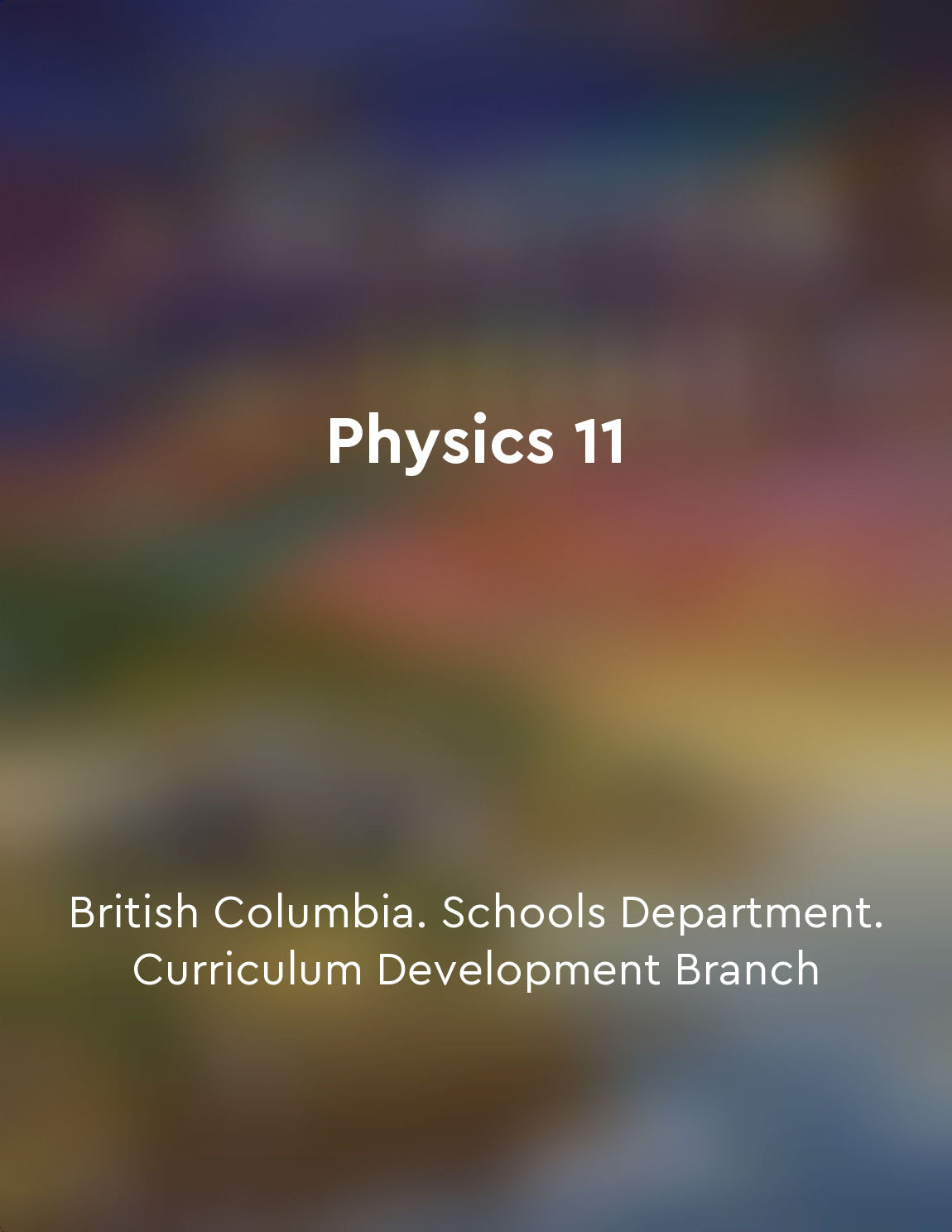Ionic compounds form through the transfer of electrons from "summary" of NCERT Chemistry Class 11 - [CBSE Board] by Dr. S. C. Rastogi, ,Er. Meera Goyal
Ionic compounds are formed through the transfer of electrons between atoms. When atoms of different elements come together to form a compound, they may transfer electrons from one atom to another. The atom that loses electrons becomes positively charged, while the atom that gains electrons becomes negatively charged. These charged atoms are called ions. The transfer of electrons occurs between atoms of elements with significantly different electronegativities. Electronegativity is a measure of an atom's ability to attract and hold onto electrons. When an atom with a high electronegativity bonds with an atom with a low electronegativity, the high electronegative atom tends to pull the electrons closer to itself, leading to the transfer of electrons. In an ionic compound, the positively charged ion is called a cation, and the negatively charged ion is called an anion. The cations and anions are held together by strong electrostatic forces of attraction, forming a stable ionic bond. This bond is formed due to the attraction between opposite charges, creating a crystal lattice structure in which the ions are arranged in a repeating pattern. The transfer of electrons in ionic compounds results in the formation of stable electronic configurations for both ions. The cation adopts the electronic configuration of a noble gas by losing electrons, while the anion adopts the electronic configuration of a noble gas by gaining electrons. This transfer of electrons allows both ions to achieve a more stable configuration, similar to that of noble gases.- The concept of ionic compounds forming through the transfer of electrons highlights the importance of electronegativity differences between elements in determining the nature of chemical bonding. By understanding the transfer of electrons and the formation of cations and anions, we can better appreciate the unique properties and structures of ionic compounds.
Similar Posts
The behavior of atoms and molecules
Atoms and molecules are the building blocks of everything in the universe. They are incredibly small, so small that you cannot ...

Forces are interactions that cause changes in motion
Forces play a crucial role in the world of physics. They are interactions that can lead to changes in an object's motion. This ...
Salt has symbolic meanings in different cultures
Throughout history, salt has held significant symbolic meanings in various cultures around the world. In many societies, salt w...
Chemical reactions involve the breaking and forming of chemical bonds
Chemical reactions are processes in which substances are transformed into new substances through the breaking and forming of ch...
The Periodic Table is a symbol of scientific progress
The Periodic Table is more than just a chart of elements; it is a testament to the progress of science throughout history. As s...
Dmitri Mendeleev played a crucial role in developing the periodic table
Dmitri Mendeleev's contribution to the development of the periodic table cannot be overstated. In the mid-19th century, scienti...

Matter is made up of particles whose properties determine observable characteristics
The fundamental concept that underpins the study of matter in physics is the idea that all matter is composed of particles. The...

